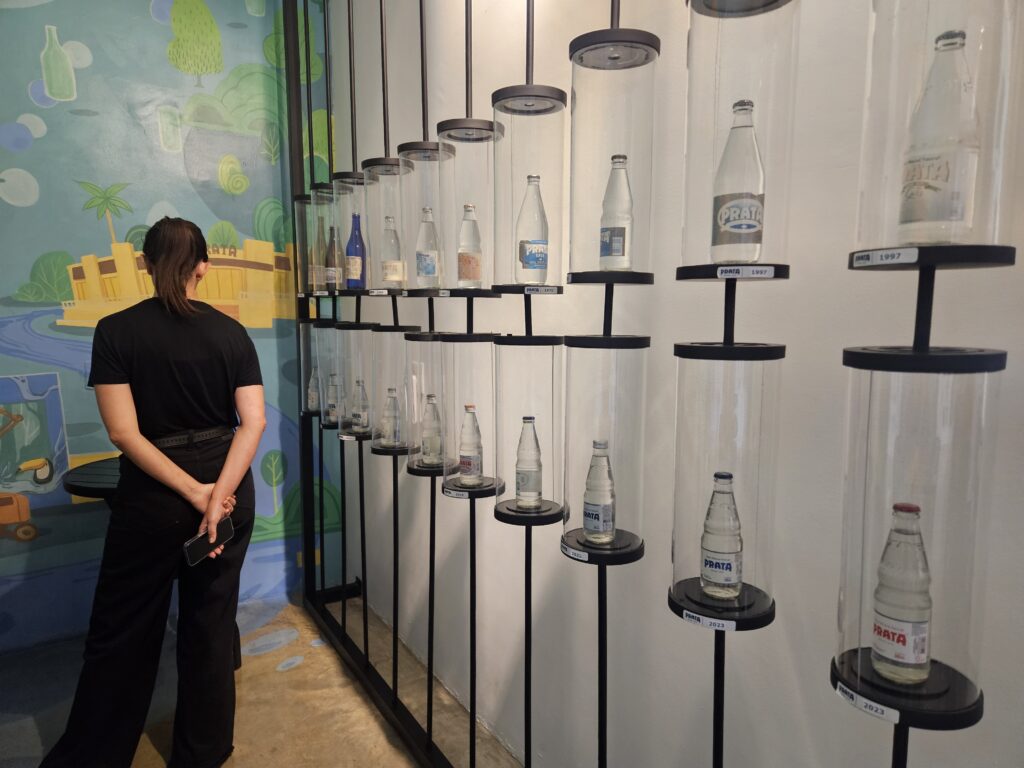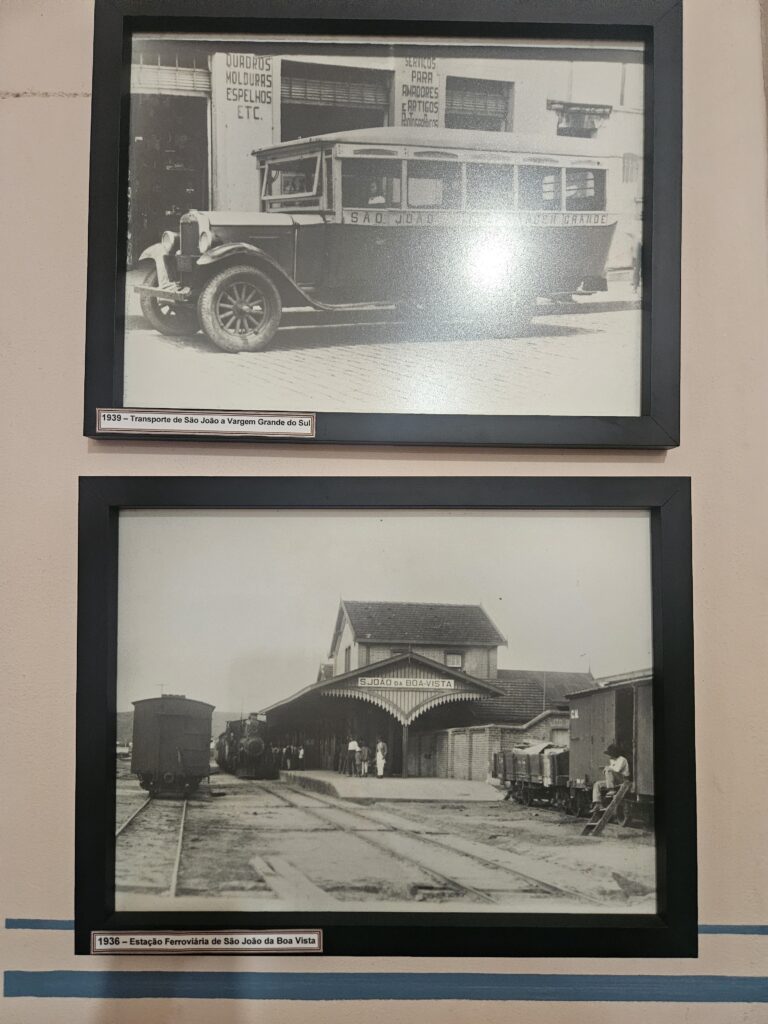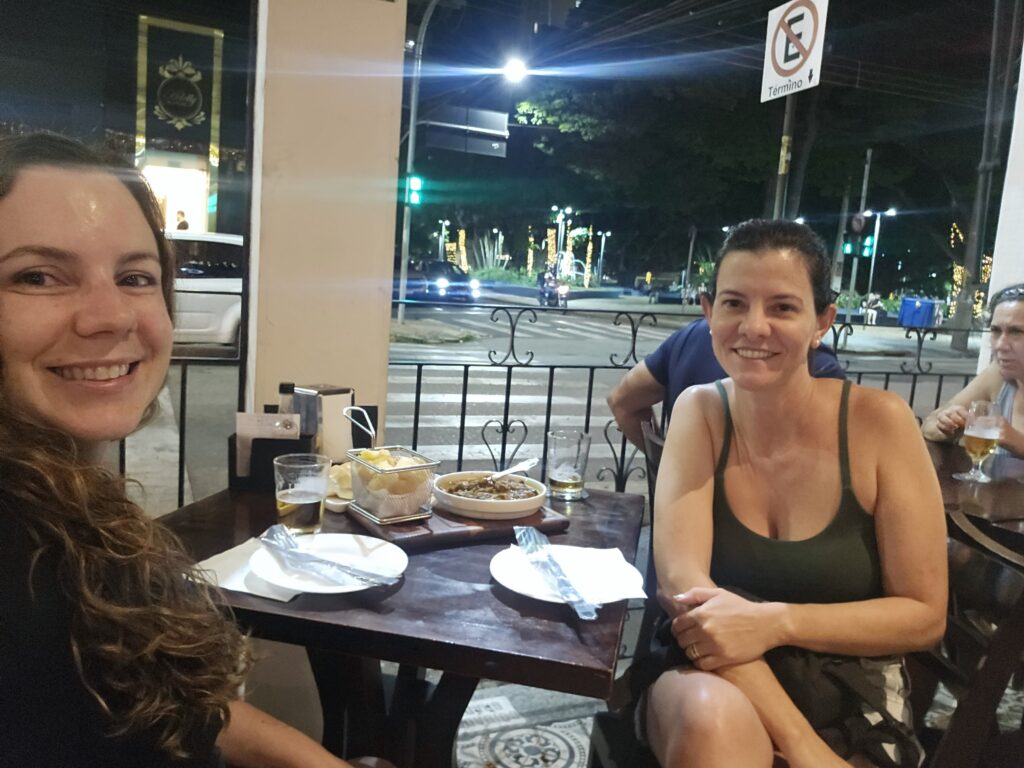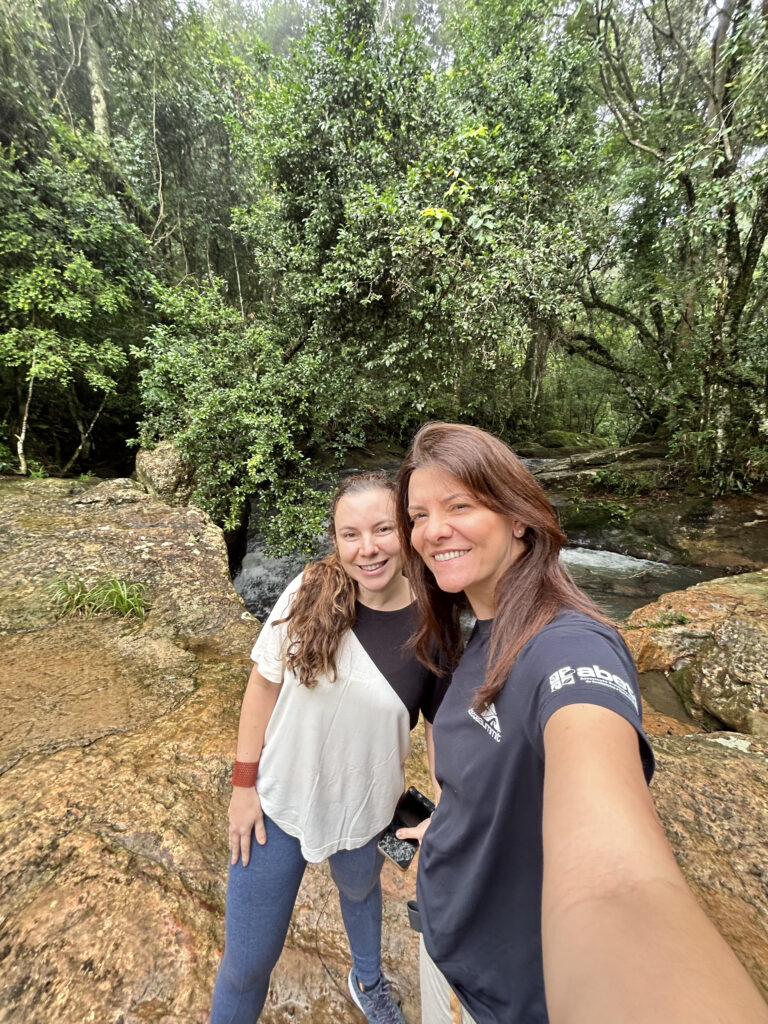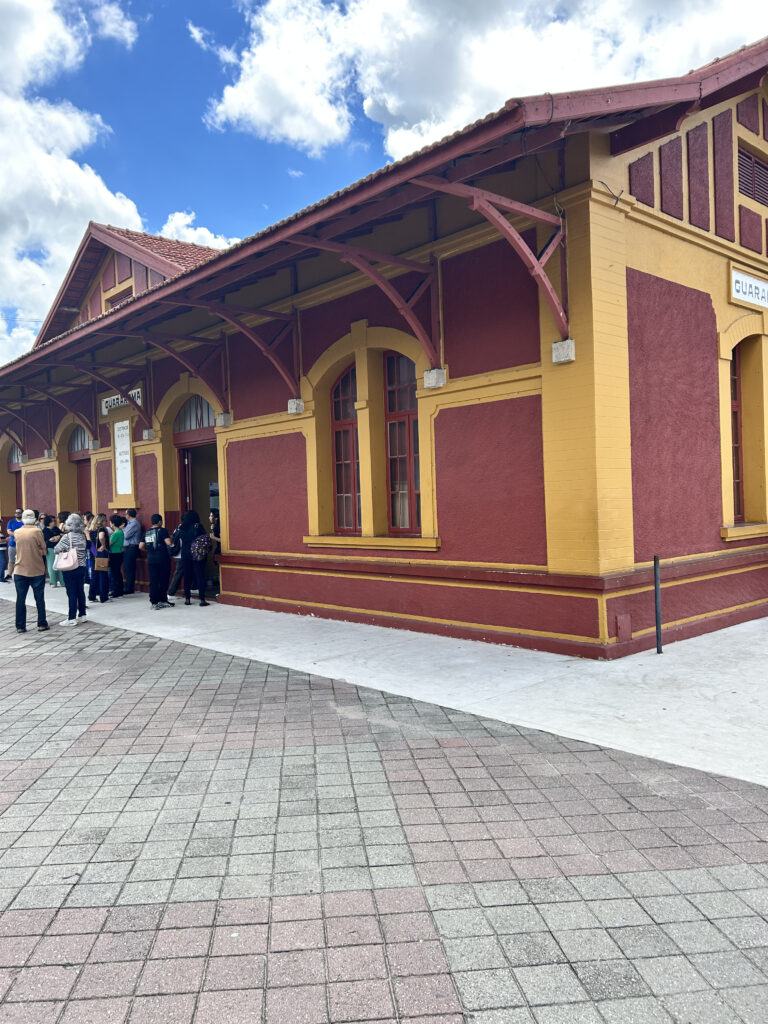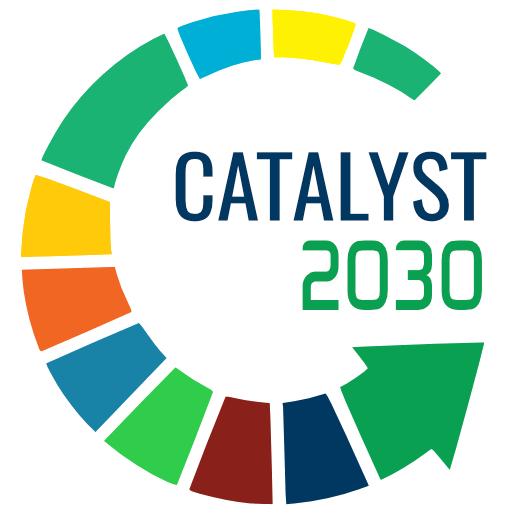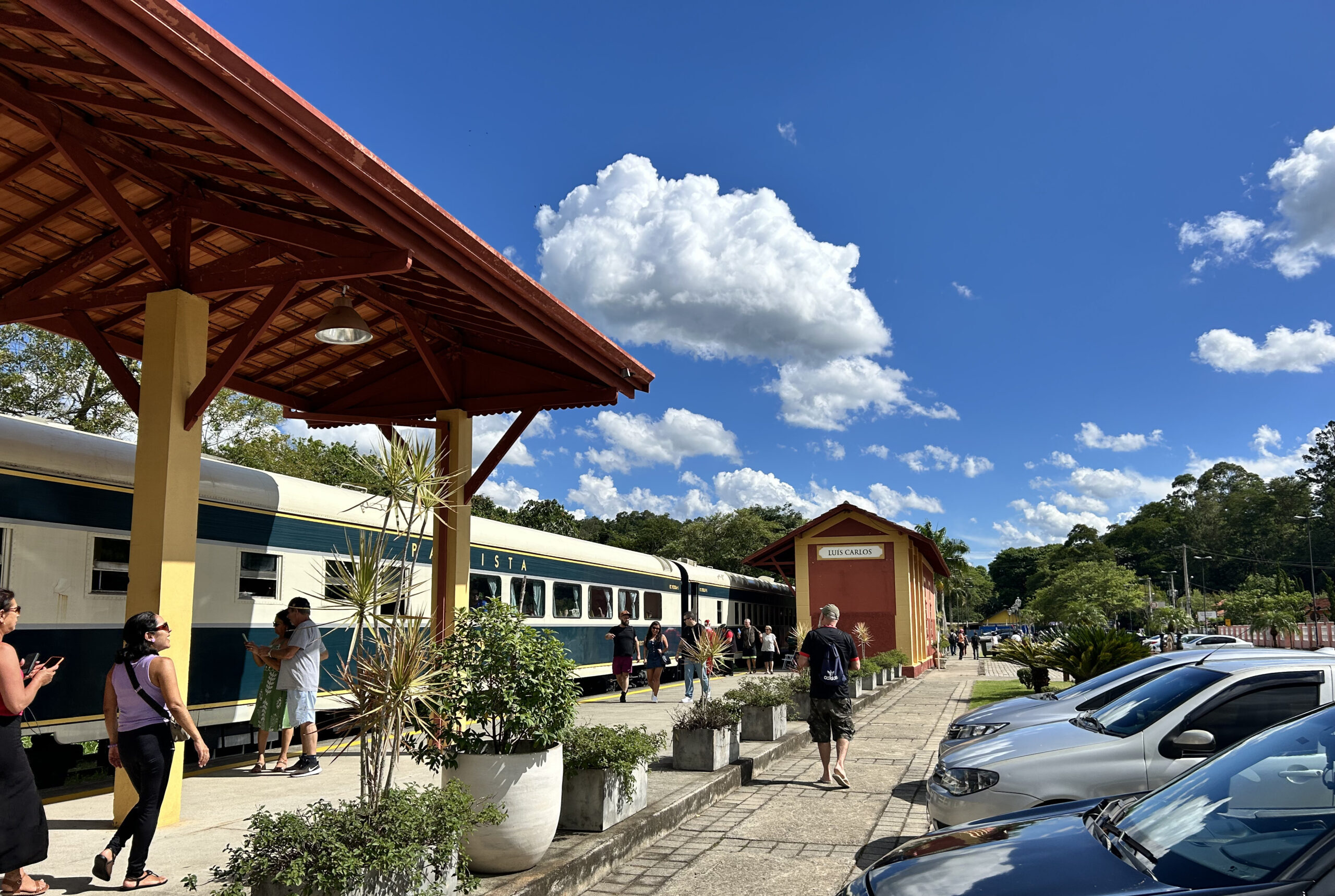
At Raízes Sustainable Development, we believe in tourism as a powerful tool for developing territories, promoting income generation, cultural appreciation, and the distribution of opportunities. But for it to be truly sustainable, there must be planning and a foundation. In this context, vocational and feasibility studies are essential to ensure that new tourism initiatives, such as a tourist train, for example, are beneficial and in line with local characteristics.
We are currently completing a study for VLI on the feasibility of a tourist train linking the São Paulo municipalities of São João da Boa Vista and Águas da Prata. The proposal aims to reactivate a historic stretch of railway used in recent years only for freight transportation, turning it into a tourist attraction that strengthens local identity and boosts the region’s economy.
Local vocations and tourist potential
Águas da Prata is known for its thermal waters and for being the starting point of the Caminho da Fe (Way of Faith), an important pilgrimage route to the town of Aparecida. São João da Boa Vista, on the other hand, has a rich historical heritage and a strong connection with coffee growing.
In addition, both municipalities played an important role in the 1932 Revolution, leaving traces that can still be explored by tourists. Both also have natural riches that can be explored in adventure and rural tourism itineraries along volcanic routes. These elements make rail tourism a potential development catalyst for different visitor profiles, from history and railroad lovers to educational, business, and senior citizen groups.
The tourist train can also boost the region’s creative economy, stimulating local handicrafts, typical gastronomy, and the offer of cultural experiences for tourists. As a result, small entrepreneurs can benefit directly from the movement of visitors, generating more job opportunities and strengthening local identity.
The study we conducted takes into account these local vocations, comparisons with other tourist trains in Brazil, and strategic analysis to ensure that the implementation of the project brings real gains to the territory. After all, unplanned tourism initiatives can have negative impacts and even jeopardize the region’s economic and environmental sustainability.
In addition, we are dealing with a railway heritage of great historical and cultural value. Revitalizing this infrastructure requires significant investment, which is why it is essential to ensure its viability before implementation. The preliminary study not only minimizes financial risks but also ensures that the project is implemented efficiently and in line with the guidelines of the National Land Transport Agency (ANTT), which requires this type of analysis for new railway projects.
Partnerships and the future of the tourist train
The project was contracted by VLI – the company that currently operates bauxite transportation in the region and envisages a possible tourist train operation through the Association for the Preservation of Railway Traditions (APTF) – and has the participation of Turismo 360 as a tourism specialist for the vocation study.
The role of Raízes, since the end of last year, has been to analyze the potential of this route, ensuring that it can be developed in a structured and beneficial way for all parties involved.
This is yet another example of how tourism can be a vector for development, but one that needs to be thought out strategically and sustainably. We remain enthusiastic about helping this project become a reality in the best possible way, respecting the territory, its history, and its economic and social vocation.
